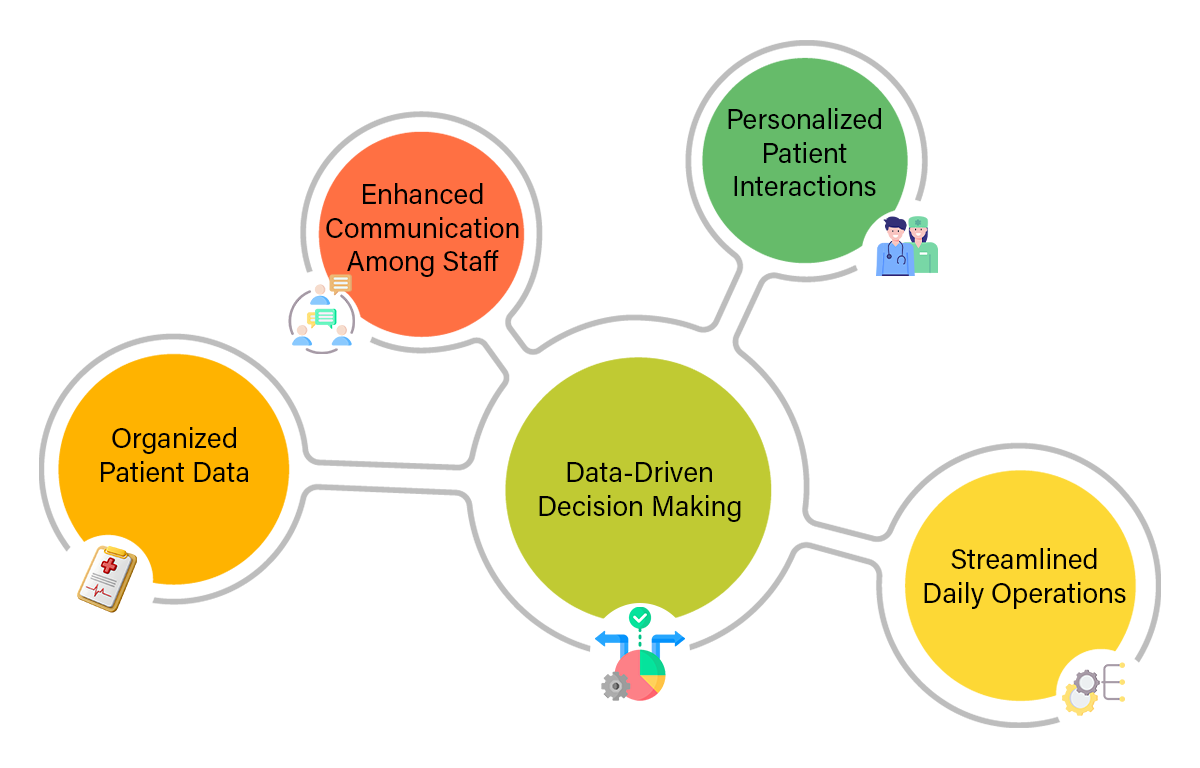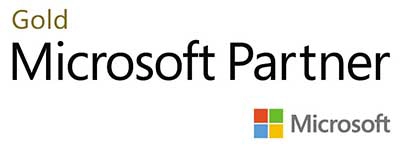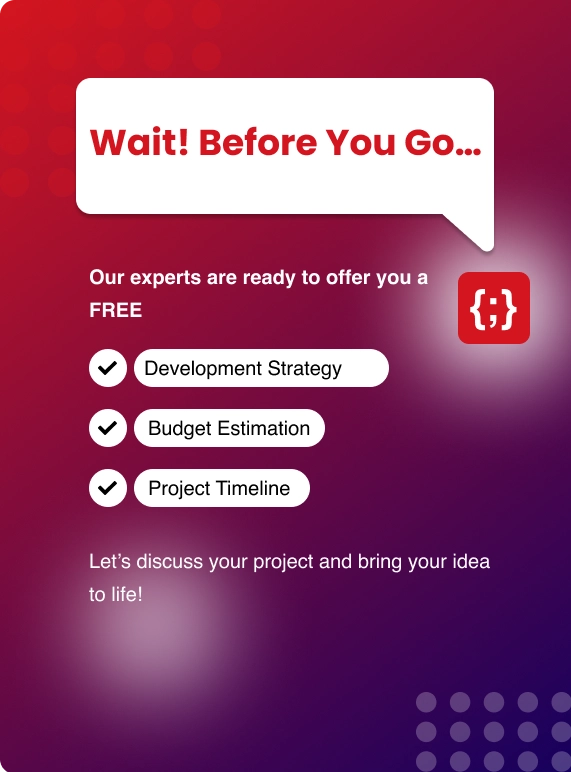According to a HIMSS Analytics report, 78% of healthcare organizations are now adopting digital tools to improve patient engagement and operational efficiency (HIMSS Analytics, 2024). This shift toward technology is not just about keeping up with trends—it’s about providing better care, reducing errors, and improving patient outcomes.
One tool that has gained traction in the industry is Salesforce CRM. Traditionally known for its role in business and sales, Salesforce has become a game-changer for healthcare institutions. By centralizing data, automating administrative tasks, and improving communication, it allows doctors and hospital staff to focus more on patients and less on paperwork.
Dr. Emily Carter, a healthcare IT consultant, puts it simply: “When hospitals use integrated systems like Salesforce CRM, patient care becomes more efficient. Doctors can access complete patient histories in seconds, and administrative teams can work without delays.”
In this article, we’ll explore how Salesforce CRM integration enhances patient care, why it’s a valuable addition to healthcare systems, and how hospitals can implement it successfully.
Key Benefits of Salesforce CRM Integration
Salesforce CRM integration offers many benefits for patient care. It helps organize data, improves communication, and supports personalized care. Below, we explore some key advantages that make a real difference.

Organized Patient Data
Managing patient data is a daily challenge for healthcare providers. Spreading records over several systems can lead to missing or outdated information. A unified system ensures that every patient’s record is current and complete.
When all data is kept in one place, there is less chance for miscommunication. Doctors, nurses, and administrators can quickly review patient histories, treatment plans, and upcoming appointments. This clarity helps reduce errors during care.
I recall a clinic manager saying that their workflow improved once all records were consolidated. She noted that staff spent less time looking for data and more time with patients. This level of organization is crucial for providing efficient care.
Enhanced Communication Among Staff
Good communication is essential in healthcare settings. Salesforce CRM makes it easier for team members to share notes and updates in real time. If a nurse updates a patient’s record, the doctor sees it immediately.
Such real-time updates build confidence among staff members. Everyone has access to the same, accurate information, reducing confusion. This shared knowledge improves the overall quality of care.
Automatic alerts and notifications also help remind staff of important tasks. For instance, if lab results come in or an appointment is rescheduled, the system notifies the right people.
This feature ensures that no critical detail is missed during busy days.
Personalized Patient Interactions
Patients value care that feels custom-fit to their needs. Salesforce CRM allows care providers to craft personalized treatment plans based on detailed records. This individual attention makes patients feel heard and respected.
When reminders for follow-ups and appointments are automated, patients are more likely to show up. Personalized communication can boost engagement and adherence to treatment plans. I have heard many patients say that they appreciate not having to repeat their history at every visit.
Personalized care also means that treatment can be adjusted based on past responses.
Access to comprehensive data helps doctors tailor their approach for each patient. This level of attention contributes to better health outcomes over time.
Streamlined Daily Operations
A unified system reduces the burden of administrative tasks. When staff no longer have to switch between multiple systems, they save time. This efficiency allows healthcare providers to focus on patient care instead of paperwork.
Real-time data updates mean that decisions can be made faster. During emergencies or routine check-ups, immediate access to patient information is crucial.
This rapid decision-making can be the difference between a good and a great outcome. Healthcare teams often report that their overall workflow becomes smoother after integration. Fewer errors, more accurate records, and better communication lead to improved efficiency. Every minute saved on administrative tasks can be used for direct patient interaction.
Data-Driven Decision Making
Having organized and complete data enables better clinical decisions. Salesforce CRM includes analytics tools to track trends in patient outcomes and treatment responses. Hospitals can use these insights to refine protocols and improve care.
“According to a Deloitte report, data-driven decisions can improve patient outcomes by up to 20%.”
This statistic shows that organized data is not just about efficiency—it directly affects care quality.
Performance dashboards in the system help track key metrics like appointment wait times and error rates.These insights allow care teams to adjust workflows and address areas that need improvement.
Regular reviews of data-driven insights help maintain high standards in patient care.
Salesforce CRM Integration in Healthcare
Salesforce CRM integration connects different data sources into one central system. It gathers patient records, lab results, treatment plans, and appointment notes into one easily accessible view. This helps healthcare teams see the complete picture of each patient.
Many healthcare facilities use multiple systems that do not always communicate well. This fragmentation can lead to delays and errors in care delivery. Integrating Salesforce CRM fixes this by combining these data sources into a single, organized platform.
In my experience, having one unified view is like having a well-organized toolkit. Everything you need is available at a glance, saving time and reducing stress. When information is consolidated, care teams spend less time searching and more time caring.
For example, consider a busy clinic where a doctor must quickly review a patient’s history.
Without integration, finding records can be like piecing together a puzzle from different sources.
A connected system makes it all accessible in one place.
Salesforce CRM also meets strict healthcare standards for data security and privacy. It uses encryption and secure protocols to protect sensitive information. This ensures that patient records remain confidential while being accessible to authorized staff. Recent reports show that integrated systems can reduce the risk of data breaches. study by Cybersecurity Insiders noted a 15% drop in breaches in organizations using centralized systems.
Implementing Salesforce CRM Integration
Step-by-Step Planning
The first step is to assess current systems and identify where improvements are needed. This planning phase is similar to taking an inventory before renovating a space. Every gap and challenge should be noted so that the integration plan is comprehensive.Mapping out how data will flow between different systems is also essential. Input from doctors, nurses, and administrators ensures that every need is considered. A detailed plan lays the groundwork for a smoother transition later on. I have participated in planning sessions where every detail was discussed. These sessions ensure that all team members understand the new system and its benefits.
A well-documented plan reduces surprises during the integration process.
Training and Staff Adoption
Introducing a new system can feel overwhelming at first. Comprehensive training is essential to help staff get comfortable with Salesforce CRM. Workshops that include real-life scenarios are particularly useful. I have attended sessions where trainers explained system functions using practical examples. This hands-on training builds confidence among staff members.Regular refresher courses help keep everyone updated as the system evolves. It is important to encourage questions and feedback during training sessions. Open communication helps identify issues early and refine the process. A supportive training environment makes adoption smoother for everyone
.
Data Migration and Security
Migrating data from old systems to Salesforce CRM is a critical task. This process requires careful attention to detail and thorough testing at every stage. Migrating data in steps helps ensure accuracy and minimizes risk. Security is a top priority when handling patient information.Salesforce CRM is built with robust security features such as encryption and strict access protocols.
Following best practices during migration is essential to protect sensitive data. A recent study by Cybersecurity Insiders shows that integrated systems can reduce data breaches by up to 15%. This statistic reinforces the importance of secure data management.
Customization and Ongoing Support
Every healthcare facility is unique, so customization is key. Salesforce CRM can be adjusted to fit the specific workflows of your practice. Custom dashboards, forms, and notifications make the system more user-friendly.Working with technical experts who understand healthcare is highly beneficial. Their guidance ensures that the system is tailored to meet your facility’s needs. I have seen how even small changes in customization can greatly improve usability. Ongoing support is essential after the system is integrated. Regular updates, periodic reviews, and a dedicated support team help keep the system running smoothly. Continuous maintenance ensures that the CRM adapts as your needs evolve.
Case Studies
Case Study 1: Urban Medical Center
Urban Medical Center is a large hospital that faced challenges with multiple isolated systems. They integrated Salesforce CRM to consolidate patient records and improve communication. Doctors now have a complete view of each patient’s history before consultations. This integration allowed faster decision-making, especially during emergencies. Staff reported a noticeable drop in errors and improved workflow efficiency. Patients appreciated the more coordinated and timely care they received.A nurse commented, "Seeing all the information in one place makes our work so much smoother."
This remark highlights the benefits of having a unified system for busy care teams. The hospital continues to build on these improvements every day.
Case Study 2: Community Health Clinic
A small clinic serving a diverse community struggled with fragmented patient data. They adopted Salesforce CRM to consolidate records and track long-term treatment plans. The result was improved care coordination and higher patient satisfaction.After integration, physicians could quickly access complete patient histories. This allowed them to adjust treatment plans promptly and accurately. Patients noticed that they were receiving more personalized attention during visits.
One doctor said, "Our workflow has improved, and our patients feel more involved in their care."
This simple comment underlines the importance of clear, organized data. The clinic now enjoys a smoother process and better overall outcomes.

Future Trends and Lessons Learned
Experts predict that the integration of digital tools like Salesforce CRM will only increase. According to a report by Accenture, digital health investments are expected to grow by over 30% in the coming years. Emerging tools such as artificial intelligence and mobile applications are starting to play a role in patient care.
These innovations promise even greater integration and more personalized treatment options.
Providers who stay informed and adapt to new trends will be best positioned to improve outcomes.
Lessons learned from early adopters include the importance of patience, open communication, and continuous feedback.
Successful integration is a journey that requires teamwork and a willingness to adjust. By sharing experiences and learning from one another, healthcare facilities can build systems that truly benefit patients and staff alike.
Final Thoughts
Ongoing support ensures that the system continues to evolve with your needs. Your commitment to enhancing patient care today paves the way for a brighter tomorrow. If you are considering this transition, partnering with professionals who offer Salesforce development services can help tailor the solution to your practice. Working with a dedicated Salesforce development company ensures that the system is set up correctly and meets all your requirements. Embracing this change is a step toward a more organized, efficient, and compassionate healthcare system.


.webp?lang=en-US&ext=.webp)

.webp?lang=en-US&ext=.webp)

